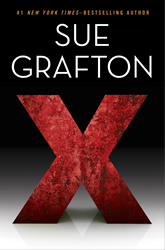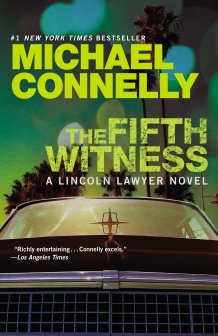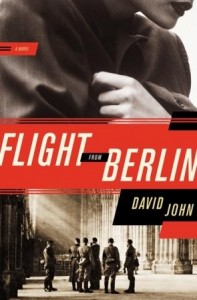This short book by Alice Hoffman was written subsequent to her diagnosis with breast cancer. She wanted to share what she found most helpful when coping with this constellation of events in her life. The chapter titles are as follows:
Choose Your Heroes: someone past or present "who can teach yo what you need to know, a guide through the darkness" (p.1). Hers was Anne Frank, who was "able to keep her spirit strong even in the most brutal of times" (p. 1). But she also admired family members (mother, grandmother, sister-in-law) and friends who had dealt with adversity and survived.
Choose to Enjoy Yourself: "Start by eating chocolate" (p.11). I'm on board with that!
Choose Your Friends: she wisely notes that one may be surprised which friends stay and which new ones arrive. "If people aren't there for you now, when you really need them, they never will be, and it's time to move on. You'll be amazed by how many new friends you have in the after. They'll be the ones who aren't afraid of sorryow, who know we can't avoid it. The best we can do is face it together" (p. 21).
Choose Whose Advice You Take: "...listen to my grandmother when she says you only live once. As far as we know" (p. 25).
Choose Your Relatives: "...you can choose the people you'll spend time with...Some want to do too much, some too little. But some are just right...Only answer the phone when you want to..." (p. 27). She says when we are afraid of dying that what we need is to know we are loved.
Choose How You Spend Your Time: "Watch every old movie you've always wanted to see...Two more words that need no explanation: Johnny Depp" (p. 31). Yes! "Don't forget books...Reisit the stories you loved as a child..." (p. 32). "Here was my life raft. A book" (p. 35). I'm definitely on board with that.
Choose to Plan for the Future: "Write your troubles on a slip of paper and burn it. Now make a list of what you want to do next year" (p.36).
Choose to Love Who You Are: "Don't judge yourself harshly. Don't listen to people who do" (p. 42). She talks about the baldness that accompanies chemotherapy.
Choose to Accept Sorrow: She talks about what she learned from reading Viktor Frankl's (survivor of a concentration camp)
Man's Search for Meaning. There are circumstances we cannot escape or control. "We are responsible for how we respond to situations we cannot control" (p. 44). She found that choosing to help others made her own problems more bearable.
Choose to Dream: Plan something you have always wanted to do.
Choose Something New: Those things you wanted to do but were afraid you might fail, or things you have been putting off. Be prepared to keep going if you fail, because "failure is the only way to become better at something" (p. 52). She thinks all writers should try knitting a hat before they take up writing, so they learn the importance of revision.
Choose to Give In to Yourself: "Take a nap whenever you want to....Go and don't feel guilty" (p. 59). Look out the window, listen to music, get a dog.
Choose to Make Things Beautiful: Work if that is what satisfies you or "take out crayons, glitter, a camera, a notebook. Take a deep breath, then begin" (p.64).
Choose to Tell Your Own Story: Choose who to tell and how much. Don't lose touch with those closest to you because you are afraid they won't understand.
Choose to Forgive: "Don't hold grudges; it takes up too much energy" (p. 69). Say goodbye, apologize, or forgive.
Choose to Claim Your Past: Re-connect with people from your past. Re-collect old stories and photos. Make a journal.
Choose to Be Yourself: Indulge your wishes and passions.
Choose to Share: "Talk to a stranger. Join a support group...Even if it's not your style...the act of sharing changes you" (p.75).
Choose Love: The people you love are going through this with you. Try to see through their defense mechanisms and stay with them. "My expectations of what I wanted in a man I learned from a dog: loyalty and kindness" (p. 81).
Choose the Evidence: "Write it down...Make a list of what all you have loved in this unfair and beautiful world" (p. 82). Someday your problem won't be the main character in your novel.
I was initially disappointed in this book. I expected more. But there are genuine nuggets of wisdom here, and it may be just the right amount for someone struggling with a serious issue in their life.




























